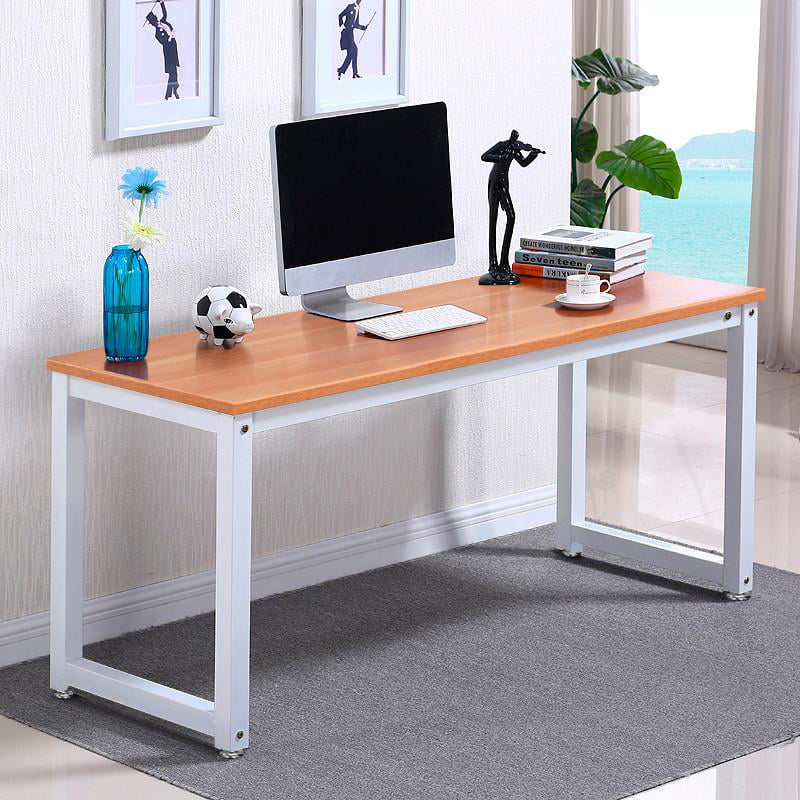

And, if you’re looking to get a small form-factor case, you’ll likely want to consider going with some of the “mini” graphics cards that are available (both Zotac and Gigabyte have mini versions available on even their higher-end cards.) Air CPU Cooler Tower Height If not, you will want to look for a shorter alternative. If your case can accommodate graphics card lengths that exceed your graphics card, then you are good to go. However, it is still an issue that persists. So, before you finalize your part list, you need to check the spec sheet of both your case and graphics card to check how long your card is and how much clearance for a graphics card your case has.

While this is becoming rarer as A) graphics cards, on average, are getting shorter, and B) mid tower and smaller cases are starting to be built to accommodate longer graphics cards. The longer graphics cards can cause clearance issues in some smaller cases. Typically, higher-end video cards are longer than budget-friendly video cards are. Let’s dive into each of these three issues below… Graphics Card Length
#Pc desktop frame Pc#
The most common clearance and compatibility issues to watch for when shopping for a PC case are: While the motherboard form-factors that a case supports are one type of compatibility issue that you will need to consider before choosing a case, you will also want to make sure that all of the other components you choose will fit inside of your case.

Of course, this can easily be accomplished by checking the case’s spec sheet and seeing which motherboard form-factors it can accommodate. So, really, the main thing to consider when it comes to motherboard form-factor when you go to buy your case, is that you ensure that the motherboard you have chosen (or are planning on choosing) will fit inside of the case you are considering purchasing. And, the same goes for the rest of the common case sizes. What I mean by this is that, while all mid towers share the ability to hold standard ATX motherboards, not all mid tower cases have the same dimensions and feature sets. For instance, you cannot put a standard ATX motherboard inside of a mini-ITX case.īut, again, this is really the only standard that binds the different cases in a common case size together. On the other hand, smaller form-factor cases are limited by their size and, therefore, cannot accommodate the larger motherboard form-factors. But, in terms of compatibility, it is possible to do so.
#Pc desktop frame full#
Of course, putting a mini-ITX motherboard in a full tower case is going to look silly. For instance, some full tower cases out there can hold any of the four common motherboard form-factors. The bigger the case is, the more likely it is to be able to hold a variety of motherboard form factors. You can check out our more extensive guide on the differences between micro-ATX, mini-ITX, and standard ATX motherboards here. The most common motherboard form-factors are: All cases, however, support one or more of the various computer motherboard form-factors. Technically, there are no standards for case size-at least, in terms of the dimensions of a case. Technically, this section could just simply be titled “Case Compatibility,” because, when talking about case compatibility, both clearance issues and form-factor are really just two subsets of case compatibility.īut, for the sake of organizing this post, I’ll break case compatibility down into those two sections: Form-Factors and Common Case Sizes

Case Compatibility, Clearance, and Form-Factor


 0 kommentar(er)
0 kommentar(er)
